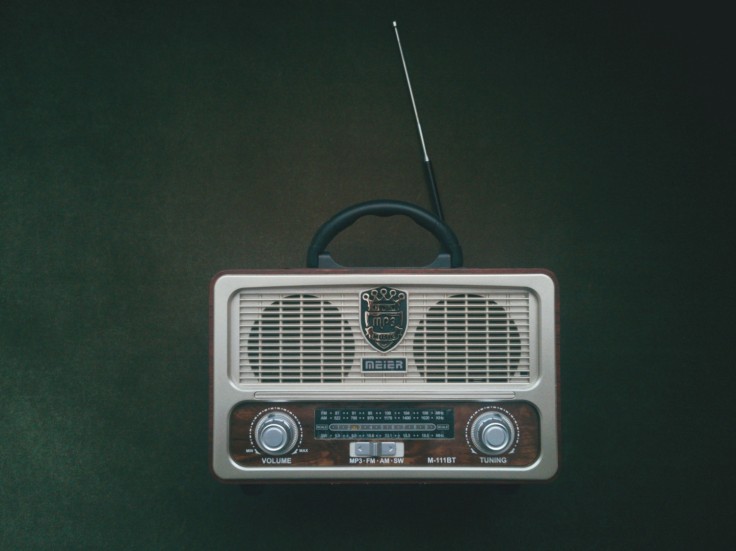
Radio stations in the United States often begin with the letters 'K' or 'W'. This practice dates back to the early days of radio broadcasting, and it is still in use today. There are historical and technical reasons for this naming convention, and it has become an important part of American culture. In this article, we will explore why radio stations begin with 'K' or 'W' and the significance of these letters for the radio industry.
The History of Radio Call Signs
The introduction of radio call signs in 1912 by the International Radiotelegraph Convention revolutionized radio communications around the world. This convention established a standardized system of call signs for radio stations, with each station being assigned a unique series of letters. These call signs were crucial in identifying stations in radio communications, enabling seamless communication between stations.
In the United States, the first radio stations were established in the early 1920s. To identify the region where the station was located, the U.S. Department of Commerce added a prefix letter to the call sign. The prefix letter 'K' was assigned to radio stations located west of the Mississippi River, while 'W' was assigned to stations located east of the river. This system created a geographic separation between radio stations, minimizing interference between their broadcasts.
The U.S. Department of Commerce adopted the international system of using three or four letters for radio call signs, making it easy to identify individual stations in radio communications. This system has become an important part of American culture and has practical applications for radio stations. The use of 'K' and 'W' in call signs makes it easy for listeners to identify a station's location, and these letters are often used as shorthand to refer to radio stations.
Why 'K' and 'W'?
The use of the prefix letters 'K' and 'W' in radio call signs is an important part of American radio culture. These letters were not chosen randomly; they were derived from the Navy's radio communication system. The Navy used 'K' to designate radio stations on the west coast and 'W' for stations on the east coast.
When the Department of Commerce began assigning call signs to radio stations, they adopted this system of using 'K' and 'W' to designate stations located west and east of the Mississippi River, respectively. This was done to create a geographic separation between radio stations and prevent interference between their broadcasts. This standardized method of identification has become an essential part of American radio culture and is still in use today.
In addition to creating a geographic separation between radio stations, the use of 'K' and 'W' in call signs also makes it easy for listeners to identify a station's location. Listeners can use these letters as shorthand to refer to radio stations, making it easy to remember a station's call sign and location. This makes it easier for listeners to tune in to their favorite stations and find new stations in their area.
The Significance of 'K' and 'W'
The use of 'K' and 'W' in radio call signs is not only significant in terms of its practical applications but has also become an essential part of American culture. These letters have become synonymous with radio stations and are often used as shorthand to refer to them.
Beyond its practical applications, the use of 'K' and 'W' in call signs has also found its way into pop culture. These letters are referenced in song lyrics, TV shows, and movies as a representation of radio stations. For example, in the song "Life is a Highway" by Tom Cochrane, he references a radio station with the call sign 'W.O.L.D.' in the lyrics.
The use of 'K' and 'W' in radio call signs has also been embraced by the radio industry itself. Many radio stations use these letters as part of their branding and marketing efforts. The letters 'K' and 'W' have become part of the identity of many radio stations, helping them to differentiate themselves in a crowded market.
Moreover, the use of 'K' and 'W' in call signs has practical applications for radio stations. Listeners can use these letters to identify a station's location easily. For example, if a station's call sign begins with 'K,' it is likely to be located in the western United States, while a station with a call sign that begins with 'W' is likely to be located in the eastern United States.
Related Article : #EntertainmentTech Did Video Really Kill the Radio Star?
The use of 'K' and 'W' in radio call signs has a long history and a significant impact on American culture. Today, they continue to be an important part of the radio industry, and they are likely to remain so for many years to come.









